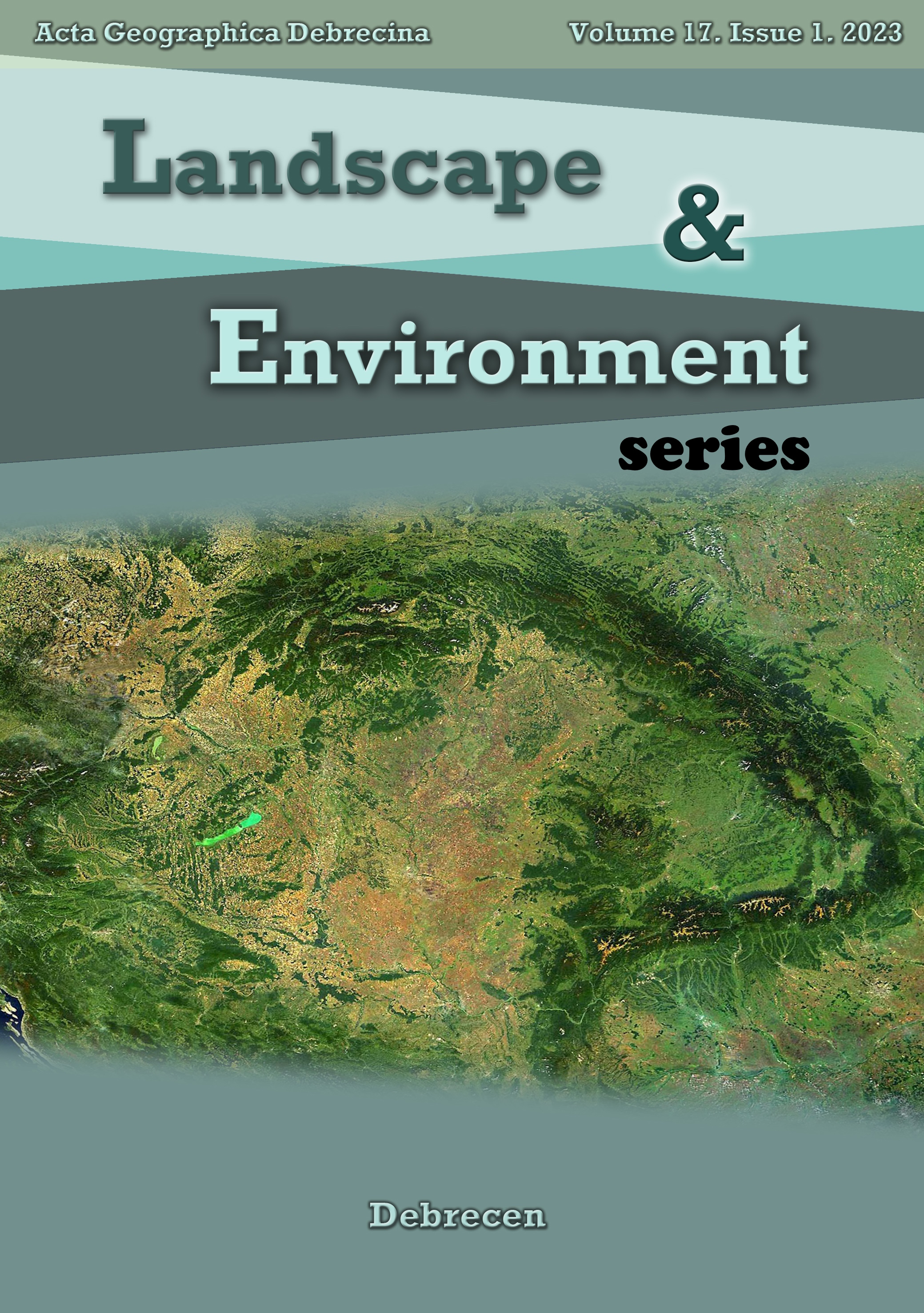Landslide Susceptibility mapping using the Analytical Hierarchy Process and GIS for Idukki District, Kerala, India
Authors
View
Keywords
License
Copyright (c) 2023 Arunkumar K.S, Ankoop K G, Jobin Thomas

This work is licensed under a Creative Commons Attribution-ShareAlike 4.0 International License.
How To Cite
Abstract
This study demonstrates the application of the analytical hierarchy process (AHP) technique for landslide susceptibility mapping of Udumbanchola and Devikulam taluk of Idukki district (Kerala, India). The landslide conditioning factors, such as lithology, geomorphology, slope angle, slope aspect, relative relief, drainage properties, land use/ land cover, and lineament characteristics,are derived using remote sensing data and GIS. The landslide susceptibility of the region is estimated using the weights derived by the AHP method. The analysis indicates the controls exerted by the structural and fluvial process and relief characteristics on the landslide activity of the region. The landslide susceptibility map of the region suggests that the high and severe susceptible zones cover about 10.68% of the area, and another 9.40% falls under the moderate susceptibility zone. The results highlight the significance of implementing various structural and non-structural measures in the moderate to severe susceptibility zones to mitigate the impacts of landslides.

 https://doi.org/10.21120/LE/17/1/2
https://doi.org/10.21120/LE/17/1/2